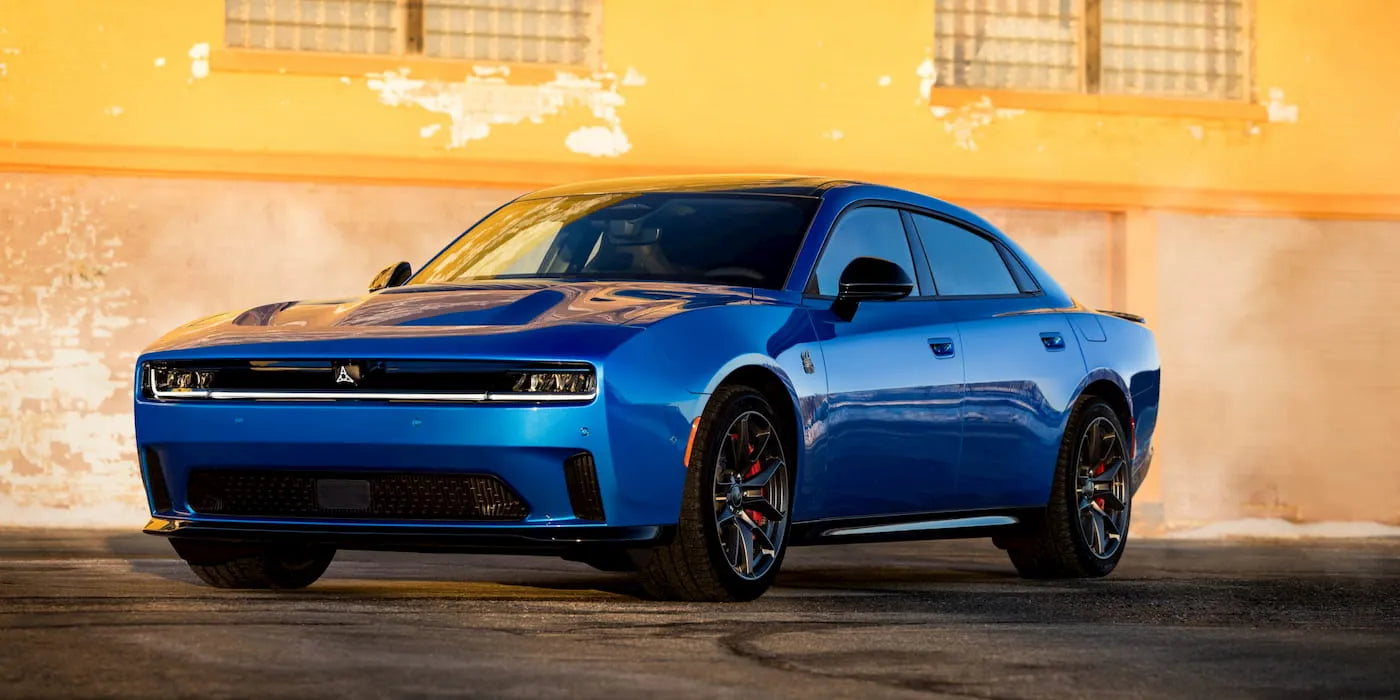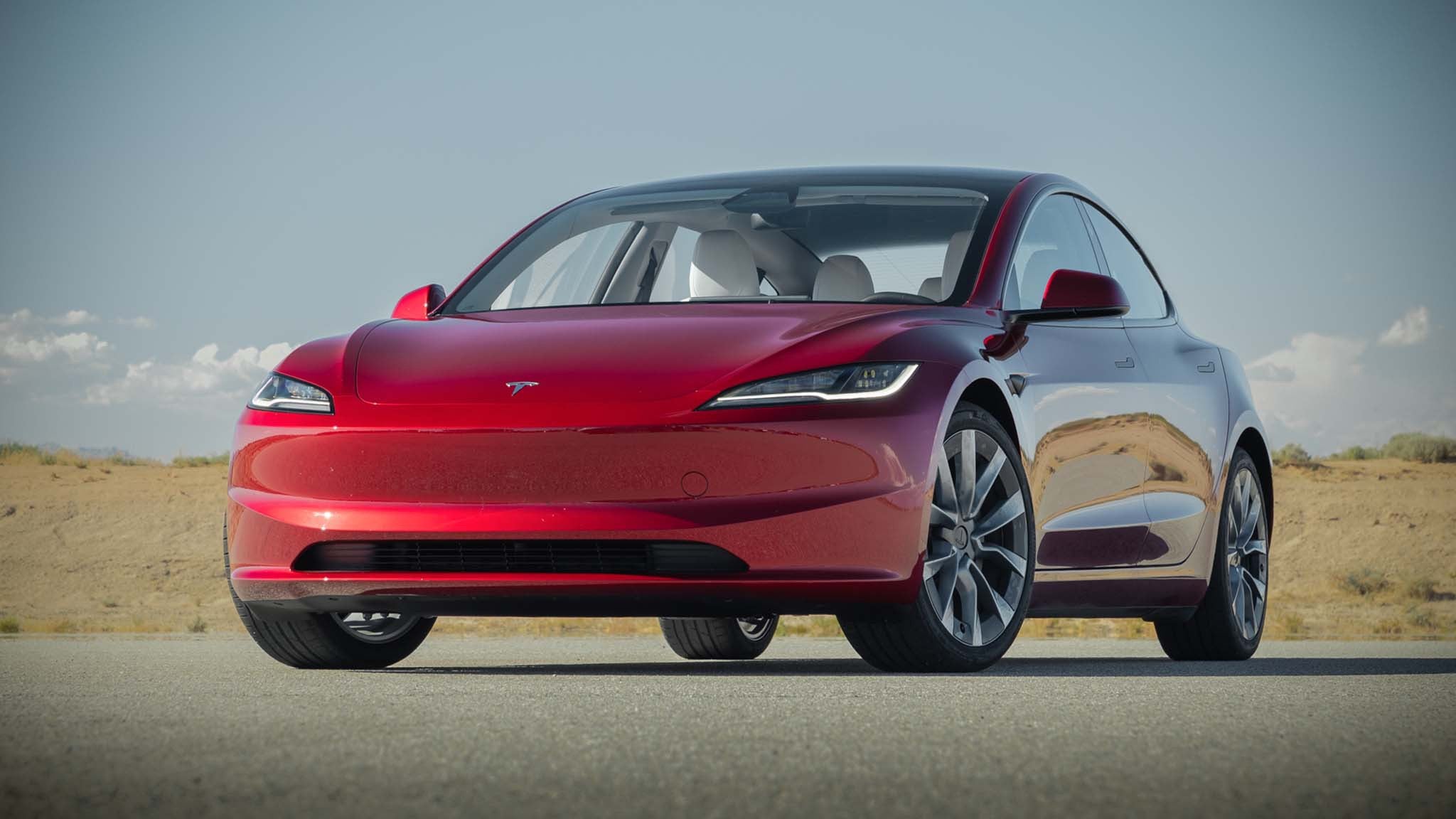A New Benchmark for Porsche EV Technology
The Porsche Cayenne Electric represents the brand’s most ambitious step into the battery-electric SUV segment. While its styling may spark debate, its engineering leaves little room for argument. This is Porsche’s most advanced EV to date, built to compete directly with leading electric SUVs from both the U.S. and China.
The first wave includes two dual-motor, all-wheel-drive variants, each equipped with air suspension and a 108-kWh usable battery pack. Both models peak at 400-kW DC fast charging, allowing exceptionally quick energy recovery. Regenerative braking has also received a major upgrade, capable of feeding up to 600 kW back into the battery—far above the Taycan’s 400-kW limit.
Charging Performance and Real-World Range
Porsche claims the new system can add 201 miles in about 10 minutes, and reach 10% to 80% in under 16 minutes, provided the charger supports 850 volts and 520 amps. Wireless charging—up to 11 kW—is available as an option via a floor pad.
In terms of range, both versions approach the 400-mile mark on the WLTP cycle, putting the Cayenne Electric in the upper tier of long-range EV SUVs. These numbers are competitive even against the Lucid Gravity, which also peaks at 400 kW but carries a larger and higher-voltage battery.

Power, Performance, and Driving Dynamics
Base Cayenne Electric
The entry model produces 402 hp in normal conditions, rising to 435 hp with Launch Control. Torque sits at 618 lb-ft, enabling a 0–62 mph sprint of 4.8 seconds and a WLTP range of 399 miles.
Cayenne Turbo Electric
The Turbo model dramatically escalates performance. With Launch Control, it delivers 1,140 hp and 1,106 lb-ft of torque, rocketing from 0–62 mph in 2.5 seconds and reaching a 161-mph top speed. Everyday output is a still-massive 845 hp, with a 10-second Push-to-Pass burst adding 174 hp. WLTP range stands at 387 miles.
Rear-wheel steering is optional across the lineup. The Turbo can also be equipped with ceramic brakes and Porsche’s Active Ride system, which adjusts each corner independently for improved stability.
Design Highlights and Aerodynamic Features
Aesthetically, the Cayenne Electric retains the model’s polarizing look, but adds several EV-specific touches. Active aerodynamic elements—like frameless windows, active front flaps, a dynamic roof spoiler, and rear aero blades—help reduce drag and enhance efficiency at highway speeds.
Practicality remains strong. The SUV can tow up to 7,716 pounds, offers 56 cubic feet of cargo space with the rear seats folded, and includes a 3.1-cu-ft frunk. U.S. specs may vary slightly from the European measurements.
A Modern, Screen-Forward Interior
Inside, the cabin introduces a more digital direction for the Cayenne line. A curved OLED display merges into the center console, complemented by a standard 14.25-inch digital gauge cluster and an optional 14.9-inch passenger screen. An augmented-reality head-up display covers an impressive 87-inch virtual field.
Despite the tech-forward layout, Porsche retains physical controls for climate and volume—an important touch for everyday usability.

Pricing and Market Outlook
The Cayenne Electric is already available in Germany, starting at $122,400 for the base model and $192,550 for the Turbo. U.S. pricing and launch timing are still pending. The EV will be sold alongside gasoline and plug-in hybrid Cayennes, which use a separate platform.
Whether buyers fully embrace Porsche’s latest electric flagship remains to be seen, but as a technological showcase, the Cayenne Electric sets a new benchmark for premium EV SUVs.
Recommend Reading: Porsche’s Wireless EV Charger: Convenience at a High Price








Aktie:
Why Modern EV Batteries Last Longer Than Most Drivers Expect
American EVs Still Lead Global Sales, but Chinese Competitors Are Closing In